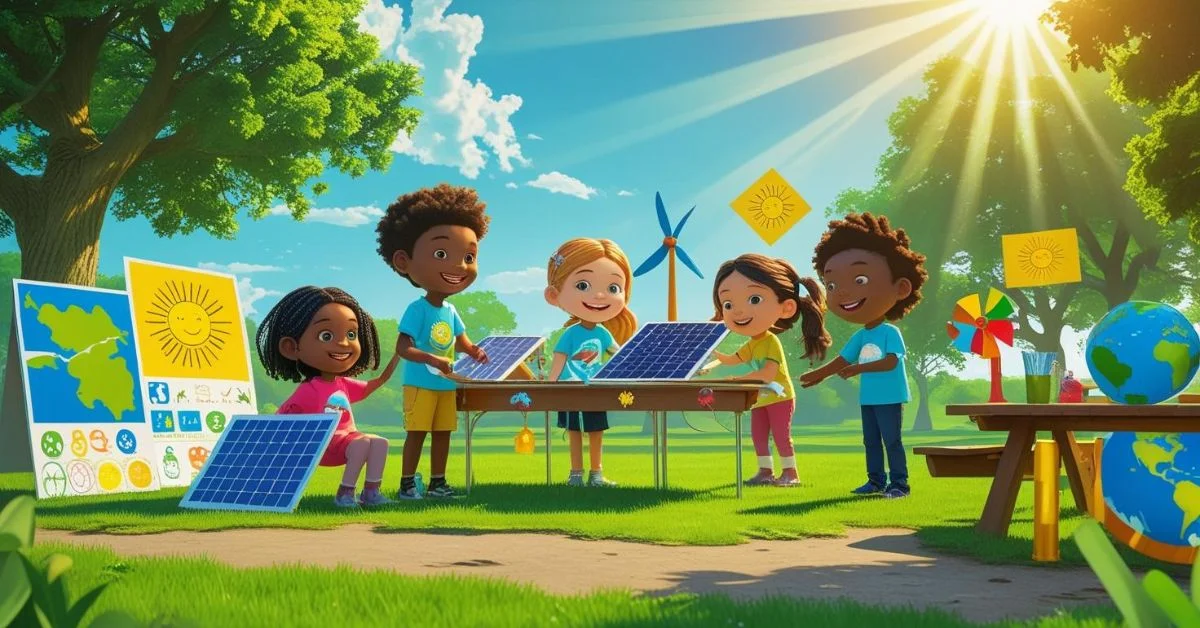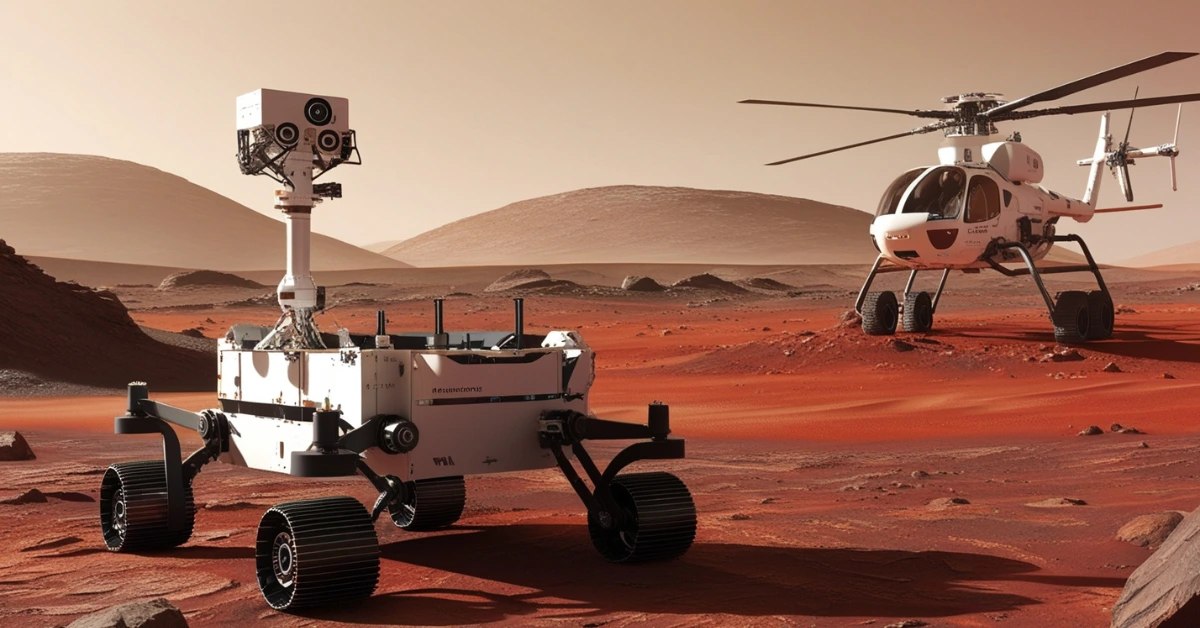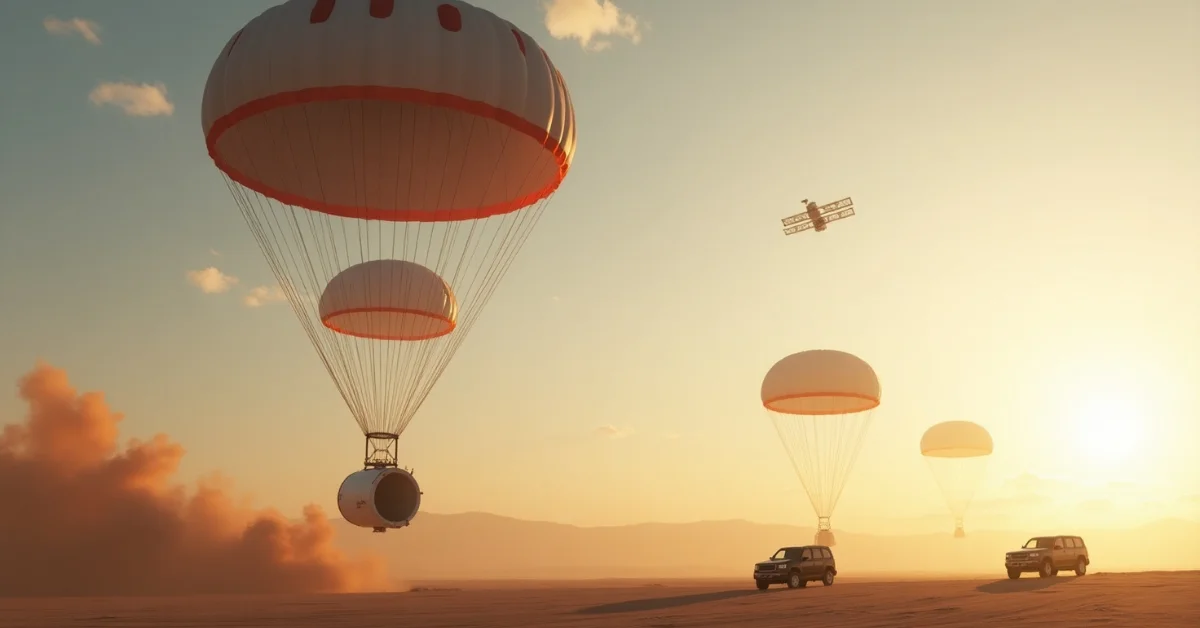Introducing children to renewable energy early on is a great way to help them learn about caring for the planet. Kids are naturally curious and when we show them how the sun, wind and water can make power, it sparks their interest. Teaching clean energy through fun and easy activities not only makes science exciting, but it also builds habits that can last a lifetime. From simple experiments to colorful crafts, there are many ways to turn learning into an adventure.
What Is Renewable Energy?
Renewable energy comes from natural sources that can be used again and again, like the sun, wind, water and organic material. These resources don’t run out and are much safer for the Earth than fossil fuels like coal or oil, which pollute the environment and take millions of years to form.
You can explain it to kids using simple examples from daily life, like how the wind moves tree branches or how the sun warms the pavement.
- “Every day, the sun provides light and warmth. That same energy from the sun can be turned into electricity to power things like lights and toys.
- “When the wind blows and moves things like kites or leaves, it can also spin large blades to create energy.”
- “Fast rivers have strong moving water, which can be used to turn machines and make electricity.”
These ideas make clean energy feel real and relevant in a child’s world.
Why Should Kids Learn About Renewable Energy?
Children love to explore and ask questions. Teaching them about renewable energy:
- Sparks curiosity and critical thinking
- Helps them understand how energy choices impact nature
- Encourages environmental responsibility
- Gets them excited about science and green technology
Fun science activities make learning about energy more hands-on and enjoyable. It helps build confidence and may even inspire interest in STEM fields.
Types of Renewable Energy and Kid-Friendly Activities
You can teach children about major renewable energy types using relatable experiments and games that help explain big ideas in simple ways.
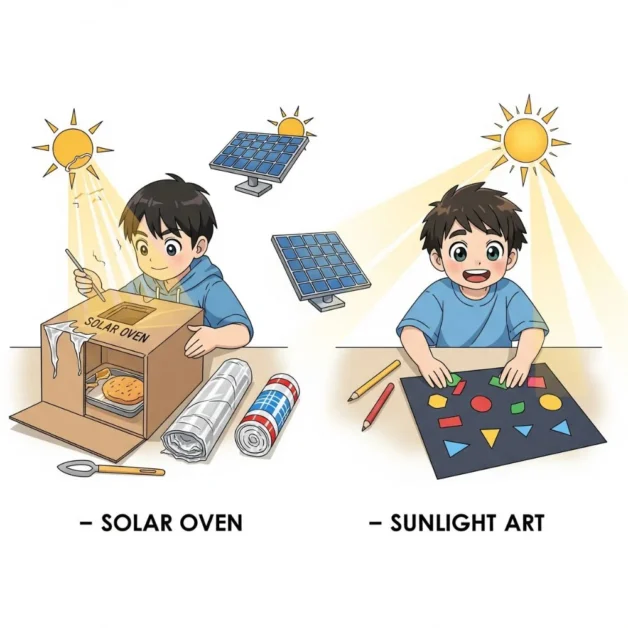
1. Solar Energy
Solar power comes from the sun. Kids can learn how sunlight can be used to create energy through fun projects like:
- Make a Solar Oven: Use a cardboard pizza box, foil and clear wrap to build a simple oven that melts chocolate or cheese. It shows how sunlight becomes heat.
- Sunlight Art: Let kids place shapes on dark construction paper and leave it in the sun. After a few hours, they’ll see outlines where the sun didn’t reach.
2. Wind Energy
Wind energy is created by moving air. It’s fun to teach this with:
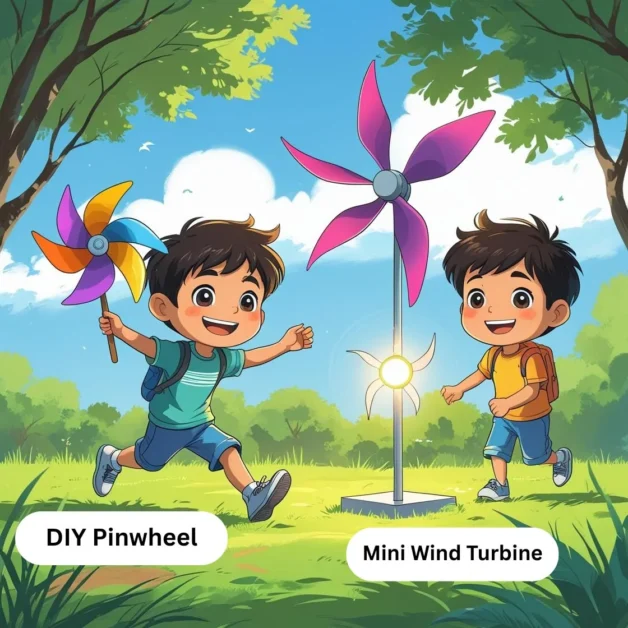
- DIY Pinwheel: Create a paper pinwheel and blow on it or run with it. The spinning shows how turbines move in real wind farms.
- Mini Wind Turbine: Use paper blades, a pencil and a simple stand. For older kids, add a motor and small light to show how motion turns into electricity.
3. Hydropower (Water Energy)
Hydropower uses fast-moving water to generate energy. Here’s how to show it:
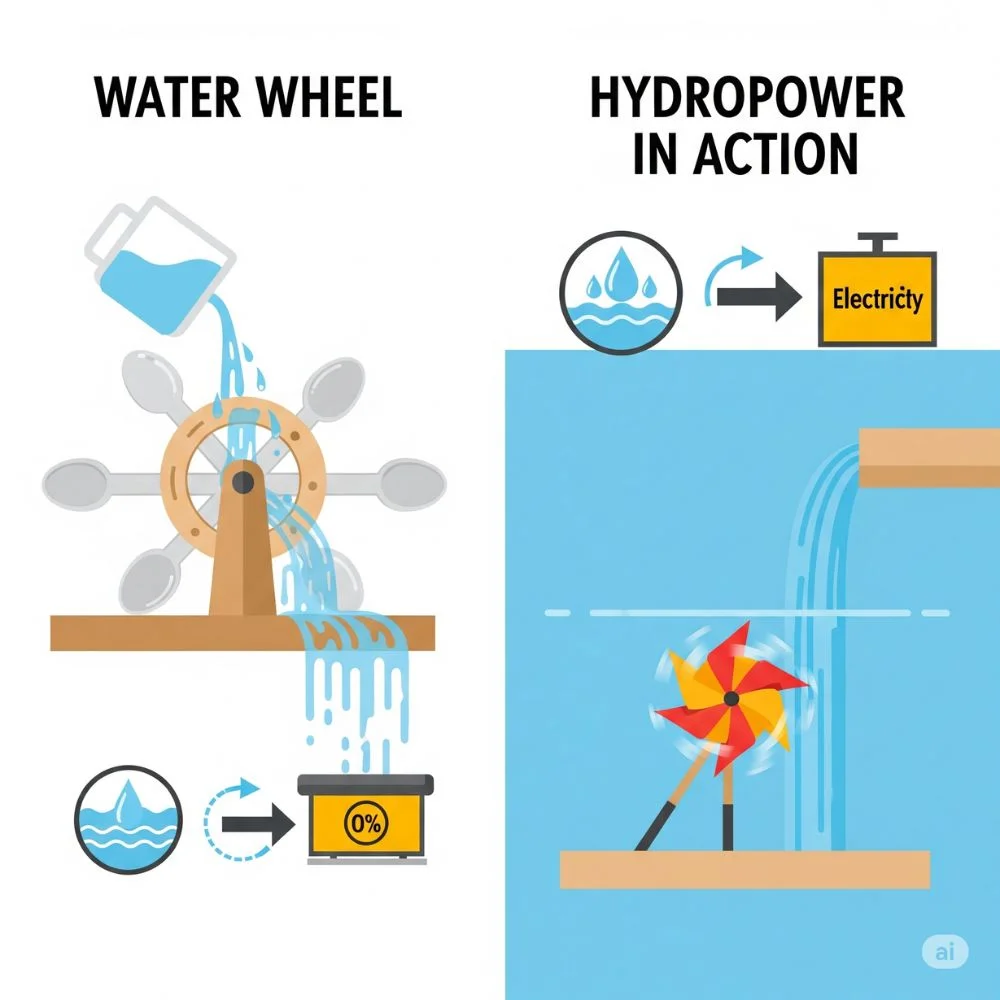
- Make a Water Wheel: Build a wheel using spoons and cardboard. Try pouring water over a small pinwheel to show how moving water can create motion, just like hydropower. This shows how rivers can help produce electricity.
4. Biomass Energy
Biomass energy is made from natural things like food scraps, leaves or old wood. It’s a great way to talk about reducing waste and recycling:
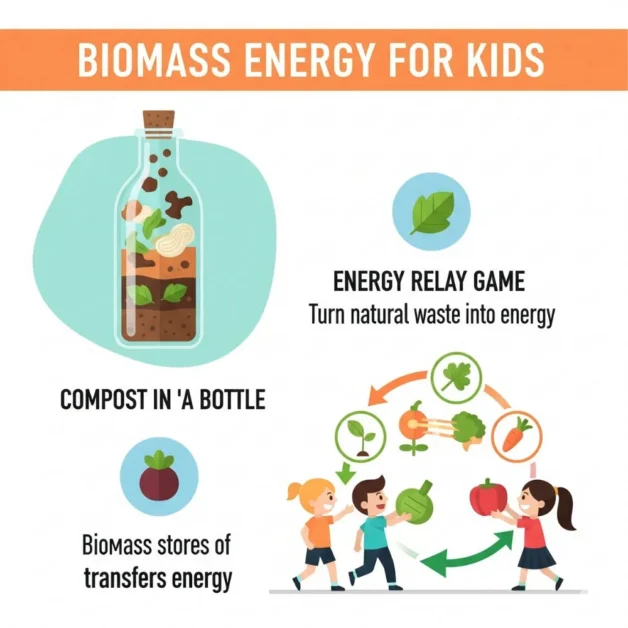
- Compost in a Bottle Activity: Kids can layer food scraps and soil in a clear bottle to watch how nature breaks things down into healthy earth. Watch how it breaks down over time. It shows how natural waste can be reused.
- Energy Relay Game: Play a game where kids pass “plant power” like toy vegetables, showing how living things store energy we can use.
5. Geothermal Energy
Geothermal energy comes from the Earth’s hot inner layers, it’s invisible but we can feel it in hot springs or steam from the ground. Though it’s harder to show directly, it can be introduced through simple activities:
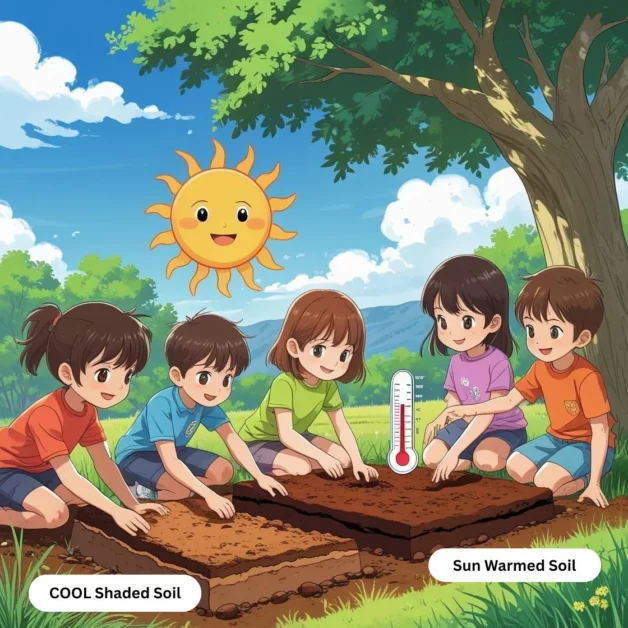
- Soil Temperature Test: Have children touch soil from sunny and shaded spots. This helps them understand that heat under the ground can be used for power.
Home and Classroom Experiments
Here are more science-based projects to reinforce learning through fun:
- Solar Car Race: Use a toy solar car or build one with a kit. Watch it move in direct sunlight.
- Wind Sail Racer: Build a small car with a paper sail. Use a fan to move it forward, simulating wind power.
- Water Turbine Project: Use cups and a spinning wheel to mimic a water turbine powering a tiny light.
- Sun Tracker: Place a stick in the ground and track its shadow during the day. It teaches how the sun’s position changes.
Learning Through Play
Games and creativity can help make learning about energy even more fun:
- Clean Energy Hunt: Ask children to find examples of eco-friendly items at home or outside, like solar garden lights or recycling bins.
- Green Energy Stories: Share books or bedtime stories featuring kids who save the Earth using clean energy.
- Color and Create: Give kids coloring pages with pictures of solar panels, wind turbines or nature-friendly homes.
- Imagination Challenge: Let children pretend to be clean energy engineers solving real-world problems.
Digital Resources for Kids
You can also use digital learning tools to make things more interactive:
- NASA Climate Kids: Offers games, activities and videos.
- PBS Kids Energy Resources: Explains clean energy through cartoons and mini experiments.
- Energy.gov for Kids: Breaks down types of energy into simple facts and offers experiments.
These resources are a great way to keep kids learning even after the activity ends.
How to Make Learning Age-Appropriate?
1. For younger kids (ages 4–7)
- Use visuals and simple words
- Keep sessions short and fun
- Focus on touching, moving, and seeing results
2. For older kids (ages 8–12)
- Encourage building or testing models
- Dive into how renewable systems work
- Ask them to think of ways to use clean energy at home
Practical Tips for Parents and Educators
- Be a role model: Use renewable energy where you can and explain why.
- Use daily moments to teach: Talk about turning off lights or walking instead of driving.
- Praise curiosity: Celebrate their questions and discoveries.
- Keep it light-hearted: Fun leads to more learning!
Conclusion
Teaching renewable energy to kids using fun science is a powerful way to create responsible, eco-conscious future adults. It’s not just about facts, it’s about planting seeds of curiosity, action and care for the Earth.
Using experiments, storytelling and real-world examples, kids learn how clean energy works and why it matters. They start to see themselves as part of the solution.
Try a simple project today and watch your child’s excitement grow. Let’s raise a generation that’s ready to imagine and build a cleaner world!
